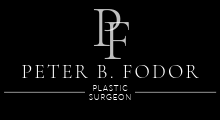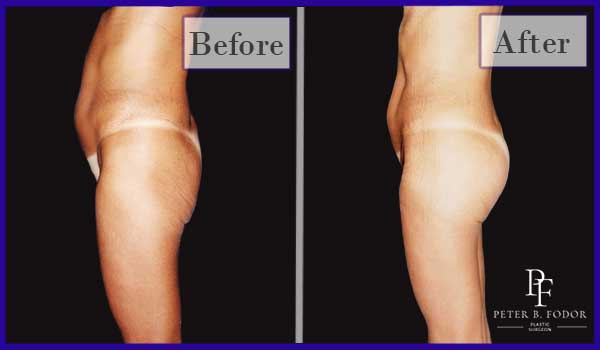Butt Augmentation Los Angeles
Buttock Augmentation in Los Angeles
Men and women who are unhappy with the appearance of their buttocks may benefit from cosmetic surgery including augmention of the buttocks. There are two methods to achieve a fuller buttock contour – implants, fat injections or a combination of the two.
Implants for Butt Augmentation
If implants are used for augmentation, they may be placed underneath the gluteal muscles through a small incision in the crease in the buttocks. Buttock implants are not at all like the implants used for breasts. Instead of a silicone shell filled with sterile saline or gel, buttock implants are made of soft but solid silicone molded into appropriate shapes and available in a number of sizes and shapes.
Fat Injections for Butt Augmentation
If fat injections are selected for a buttock augmentation, your procedure will begin with removal of your own fat, using a suction device or syringe, from a selected donor site. Usually, a combination of several donor sites is needed to provide sufficient fat. Common sites include the abdomen, waist, hips, flanks, and thighs. After being processed, the fat is injected into the buttocks. Because a certain amount of the injected fat will be resorbed, an overcorrection may be necessary in the fat injection areas. This means that your initial results may likely appear greater than you desire, but with the aim of achieving a final result that meets your expectations.
Other Names for Buttock Augmentation
- Brazilian Butt Lift
- BBL
- Butt Lift
- Butt Enhancement
- Cosmetic Buttock Surgery
- Silhouette Enhancement
- Fat Transfer to Buttocks
- Gluteoplasty
- Buttock Imlants

Butt Augmentation Los Angeles
About Butt Augmentation Surgery
Length of Surgery – Usually two to two and a half hours.
Anesthesia – General anesthesia. On the cutting edge and preferred by Dr. Fodor is TIVA, which is a combination of the general and local anesthesia. It diminishes bleeding and post-operative nausea. Dr. Fodor has used this method for many years.
Recovery – Initial mild to moderate discomfort, can be controlled with pain medication; minimal activity for several days; swelling, bruising improve in three to 10 days; back to work time line depends on exact type of augmentation procedure; avoid strenuous exercise for about three to six weeks.
Scars -Visible under scrutiny but undetectable otherwise.
Why Choose Los Angeles Butt Augmentation Surgeon Dr. Peter B. Fodor
Meet Leading Plastic Surgeon Dr. Peter B. Fodor as He Discusses Butt Augmentation
DOUBLE BOARD CERTIFIED
Dr. Fodor is certified by the American Board of Plastic Surgery and the American Board of Surgery.
AUTHORITY
Dr. Fodor is a known as a leader in plastic surgery. He is a past president of the Lipoplasty Society of North America and a past president of the American Society for Aesthetic Plastic Surgery.
In addition to serving as a Clinical Professor of Plastic Surgery at UCLA, Dr. Fodor has been in leadership positions of numerous plastic surgery organizations including the Inernational Society of Aesthetic Plastic Surgery, the American Society for Aesthetic Plastic Surgery, and the Los Angeles Society of Plastic Surgeons.
EXPERIENCE
Dr. Fodor pioneered or contributed significantly to the development of all modern liposuction techniques such as VASER, Power Assisted Suction, Superficial Liposuction, . . . These is documented in dozens of liposuction related medical articles he published in peer reviewed journals. You can access his CV on the website.
EXPERTISE
Widely recognized by the national and international Plastic Surgery community as a Plastic Surgery educator through his contributions at medical conferences and live surgical demonstrations.
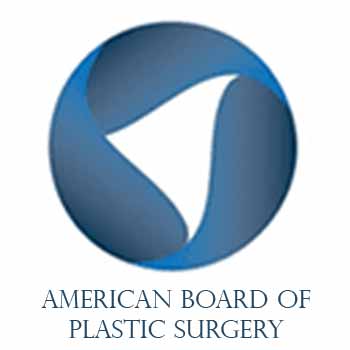

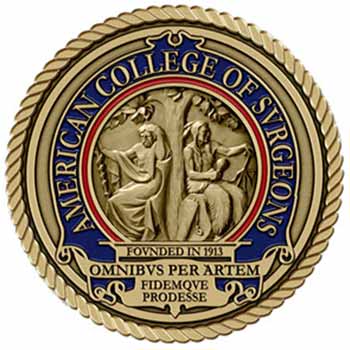
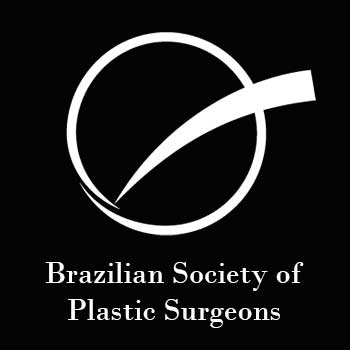
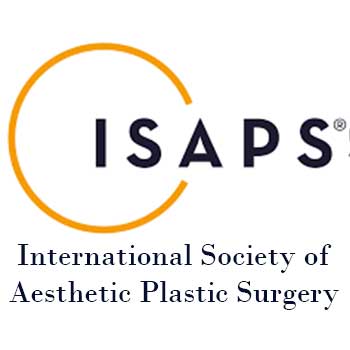
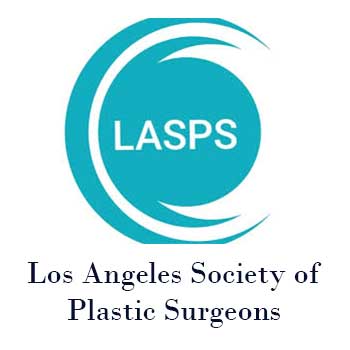


Cost of BBL Surgery
Brazilian Butt Lift procedure costs about $8,000 to $16,000. In a nutshell, it depends on your desired outcome. Given you’ll be spending a lot of money to get the butt of your dreams, it’s best to have your BBL done by a professional you can trust. The last thing you want is to have your buttocks ruined, and quality care come at a price.
What Factors Affect the Costs of Getting a BBL?
- Combining Cosmetic Procedures
Some people prefer having multiple cosmetic procedures done simultaneously to drive down costs, and also to save on time. If you’re having a BBL done alongside liposuction or other procedures, this will affect your overall costs tremendously.
- Amount of Fat Transfer
How big do you want to go? The volume of the buttocks you’re aiming for will impact your cost as it will determine how much fat you need to be transferred.
Gone are the days where less is more when it comes to one’s derriere. Thanks to the influence of curvy celebrities like Nicki Minaj, Jennifer Lopez and Kim Kardashian, a lot of people have aspired to have a fuller butt. Hence, Brazilian butt lifts (BBLs) have become a popular request among cosmetic procedures. Basically, BBL uses a combination of liposuction and fat-grafting, resulting in added volume, defined curves, and a lift.
Your Favorite Version of You Begins Here
Call today to schedule your confidential consultation with Dr. Peter Fodor to discuss your cosmetic goals.
